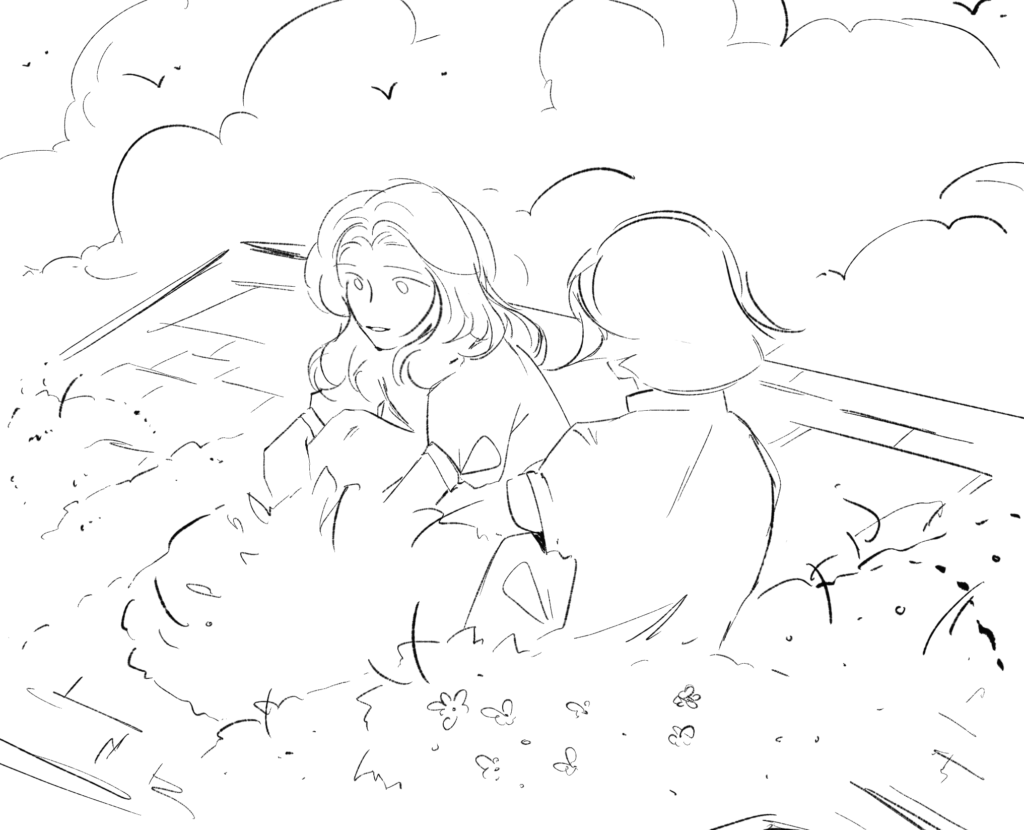Thanks to my frequent trips to Barnes & Nobles at age 8, I used to fall asleep leafing through novels with the most delicate usage of language I’d ever read and dreaming of hidden gardens, unadulterated sunsets and wintertime firelight. Recently, I brushed the dust from some of their covers and relived the nostalgia within the pages, each paragraph inspiring the same vibrant scenes as before.
Two of my favorite acclaimed classics, “A Little Princess” and “The Secret Garden,” follow orphaned girls who grew up during the time period of British colonization in India, the books being explorations of childhood during times quite different from our own. They’ve always led me to ponder how many splendors the world has to offer, and how many I’ve already pranced past.
“A Little Princess” by Frances Hodgson Burnett
Rating: 4/5 Falcons
“A Little Princess,” Burnett’s take on a riches-to-rags-to-riches story, follows the tiny snowprints of Sara, the young daughter of a late Captain Crewe. Sara’s self-definition of royalty is tested by a world that measures her value by her wealth; she is treated as less than nothing without the inheritance from her father.
Following his death, she is forced to serve as an unpaid errand girl for a seminary’s headmistress (“a worldly woman” who takes out her anger at losing her school’s main sponsor on said sponsor’s daughter), delivering bills and purchasing goods as her clothes run ragged and her stomach hollows, all while the London winter beats down on her struggling morale.
Burnett has mastered making a sympathetic character, flaunting it beautifully and tragically. The first time I read the book, I was about Sara’s age, so naturally I put myself in her shoes and felt horrified by the abuse she suffered. Even today, I find myself wondering, “It doesn’t get worse, does it?” and regretting the thought as her days grow bleaker with each turn of the page.
To my relief, every time I reread those pages, her tenacity is justly rewarded as bitter storms are replaced by crackling flames, her room is once again furnished with beloved literature and her abuser is left penniless and doleful. Because Sara gives and gives during those months when she has close to nothing, people in her community do good in her name and eventually she finds a new home.
It’s certainly a fairytale type plot — Sara, at times, is too unrealistically virtuous even for the readers — but it reflects fable-esque morals in a historically accurate setting, perfectly conveying the author’s intended message.
“The Secret Garden” by Frances Hodgson Burnett
Rating: 5/5 Falcons
Just as easily compelling my heart to wretched sorrow, Burnett stars a near perfect foil to Sara Crewe in her acclaimed classic “The Secret Garden.” The main character Mary Lennox, contrarily sour in personality, is also a young British girl left orphaned by unfortunate circumstances.
At the start of the novel, her father is constantly ill, and her mother much prefers the party life as she never wanted a child at all. Neglected, Mary grows up swaddled by servants, throwing tempers and subjecting them to her childish wrath in the absence of parental figures. When a wildfire-like outbreak of cholera sweeps through her family’s bungalow, it is her dislikable nature that causes everyone to forget about her in the fray, as her servants and parents drop dead around her like flies.
She is ungrateful toward later caretakers that provide their home to her out of pity even as they struggle to support their own children, and she is eventually dropped off to live with a classically eccentric uncle. She learns of a secret garden on his property, and uncovers a forgotten key, shallowly buried as if in waiting. The rest is history.
Mary grows with the garden: Each pale green rose bud cracks her cold, uncaring exterior, while she frolicks and inquires and explores. She inspires self-examination, and like the first sprigs of climbing ivy, she eventually forges close relationships with people she might once have disdained at a moment’s notice.
Burnett writes a rather complicated protagonist for a children’s story, a girl who by description seems unbearably selfish, but while reading the book it never occurred to me that I should wish her any harm. I only felt sorry for her, hoping that she’d have a chance at childhood after her early neglect and that she might become the sort of person I’d like to befriend.
Without a doubt, “The Secret Garden” resonated with me more strongly than “A Little Princess” since it was the first book I’d read with a remarkably flawed main character. By criticizing Mary’s temper and rudeness, I reflected on myself and understood how people similar to her should be treated compassionately rather than isolated, and how the first step to recognizing one’s own flaws is to witness them in someone else.
I continue to be enchanted by its promises of a rundown mansion surrounded by a gloomy moor, of forbidden rooms lining labyrinthine hallways. My heart, enthralled, imagines vibrant portraits of the beloved, curtained and concealed.
It’s a beautiful story, one of life and death, and how the art of giving fulfills rather than drains.

























